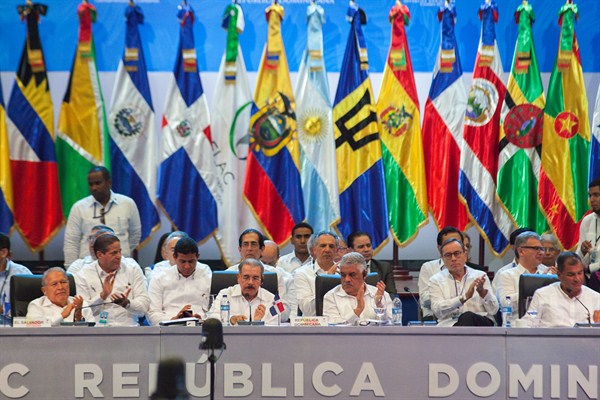In the past four years, Latin America’s so-called pink tide—the much-reported electoral shift to the left—has receded, after populist governments came under siege amid corruption scandals and economic disasters wrought by extravagant spending. The result has been a new wave of either more conservative governments hewing to an agenda of free trade, as in Argentina or Brazil, or the possibly imminent rejection of governments carrying on the legacy of their forebears, as in Bolivia, Ecuador and—should elections and other democratic conditions ever return—Venezuela.
But just when Latin America’s populists had exhausted themselves, Donald Trump came along, appearing to embrace many of their largely failed policies. With his surprising election as U.S. president, the populist program that Latin American voters have either rejected or are struggling to overcome is now on the table in Washington, at least rhetorically: broad, unexplained policy initiatives, profligate spending initiatives, autarky and trade barriers.
Ironically, if Trump’s anti-immigrant, protectionist and nationalist rhetoric continues, his administration may succeed where the leader of the pink tide, former Venezuela President Hugo Chavez, failed—by uniting Latin America and the Caribbean against the United States.

